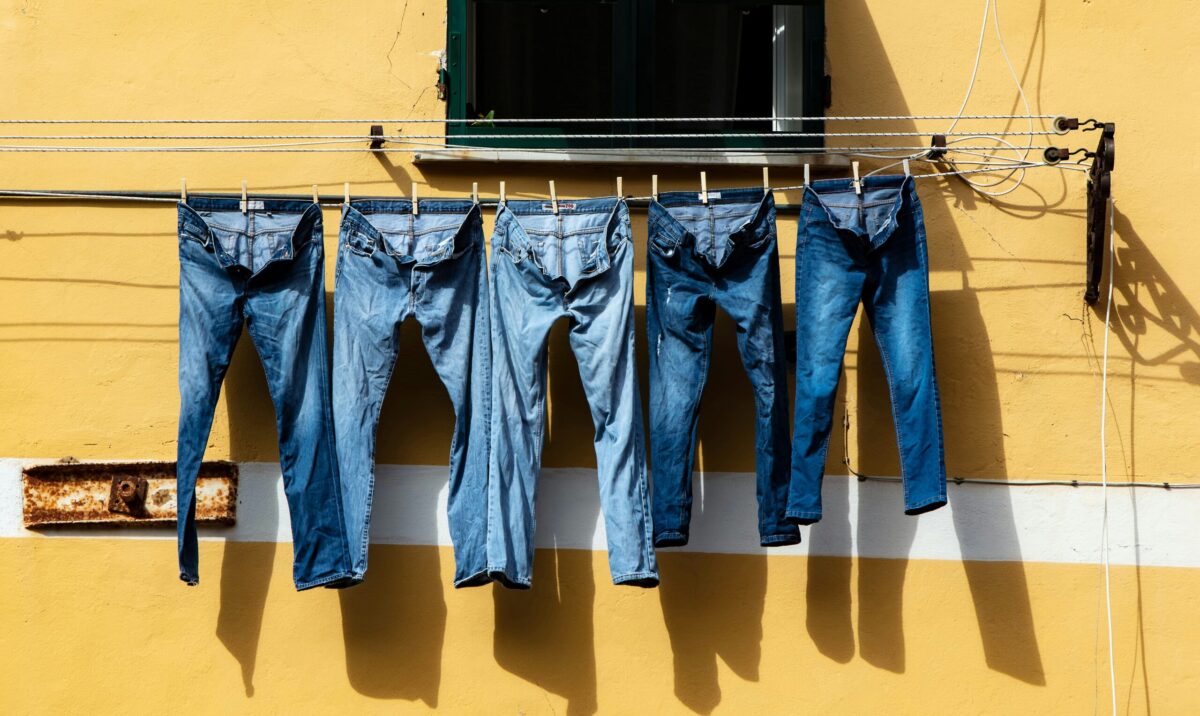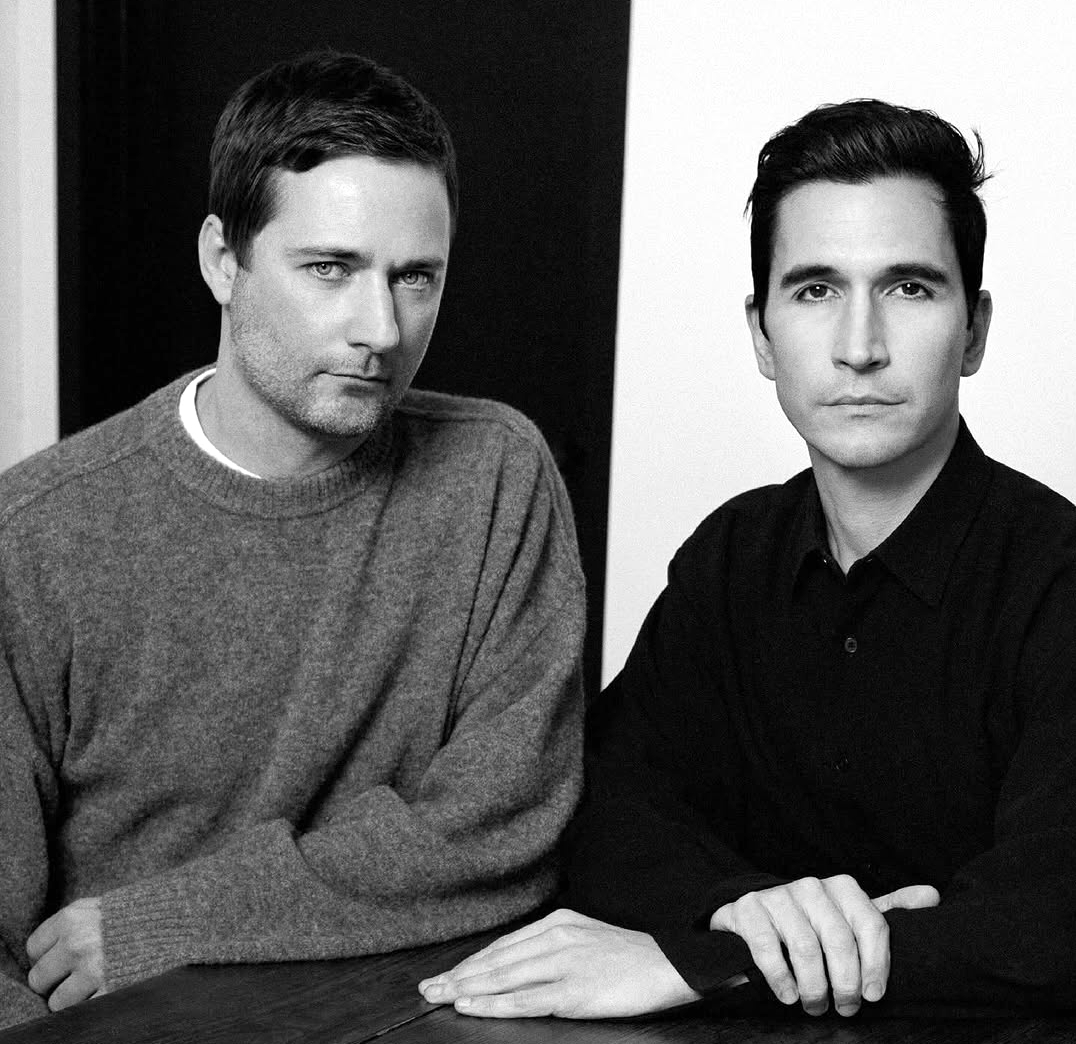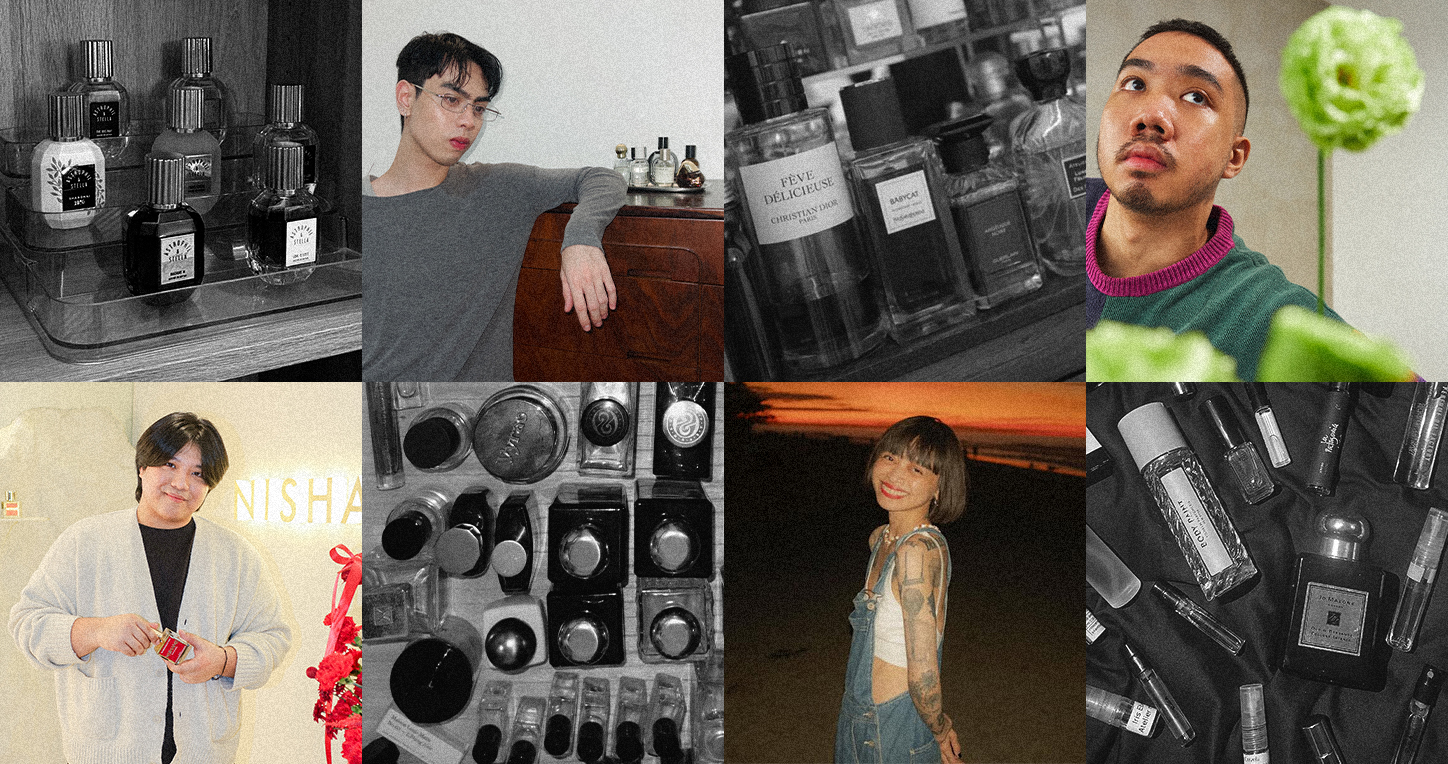In between the spring/summer collections and the fall/winter releases across the major fashion capitals, there’s a lot of space yet to be explored when it comes to style and trends. With this in mind, the resort/cruise collections are slowly rising to the surface as major fashion houses now produce it with much more aplomb, and using it to further diversify their established labels from their usual practices. One must also remember that it’s actually these transitional collections that make the most profit—they stay in the store the longest, more than regular seasons.
A public relations associate of a luxury brand in Manila says, “Cruise shows or pre-collections are always a hit because they span November to February. Other than having the shows to elevate the brand image, it helps with pushing sales for such mini collections.”
Louis Vuitton, under the helm of Nicolas Ghesquière, held its cruise 2016 show at Palm Springs, California (last year’s was in Monaco). Attendees included Miranda Kerr, Selena Gomez, Charlotte Gainsbourg, and our very own Kim Jones. Note that the show was held at the Bob and Dolores Hope Estate, connecting the venue’s inherent ties with Hollywood and lavish architecture to fashion.
On the other hand, the ever-rebellious and forward Karl Lagerfeld took his Chanel resort collection to Seoul, South Korea (last year’s was in Dubai) with Soo Joo Park in tow to showcase a very location-appropriate collection of neon pieces and Hanbok-inspired looks, clearly influenced by the Far East. In Europe, Raf Simons delivered his countryside take on resort in the South of France for Dior. His pieces were reflective of innovation and tradition in the plaid prints of his bubble-sleeved jackets.
As these places and shows fall outside the category of the major seasons, designers seem to take it as a cue to experiment more with the concept of a fashion show. With a single hashtag (#ChanelCruiseSeoul), every image is then disseminated to mobile devices across continents. The result is hundreds of thousands of Instagram posts and likes, a plethora of real-time blogs, several online commentaries about the show, and on the business side, the possibility of an expanded global market. Call it a marketing strategy, but the results are astounding. They don’t just revitalize regional markets, but also provide a strong global media coverage that goes well and beyond the traditional fashion weeks of New York, London, Milan, and Paris.
These events become ‘Most Popular’ and ‘Most Viewed’ in a snap among social media platforms. It’s a move to make fashion shows more relatable and accessible to the social media generation, wherever they are. Staging such grandiose extravaganzas guarantees attention—and we’re not complaining at all. Designers and labels have long recognized that’s there’s a bigger territory to conquer beyond the front row.












































